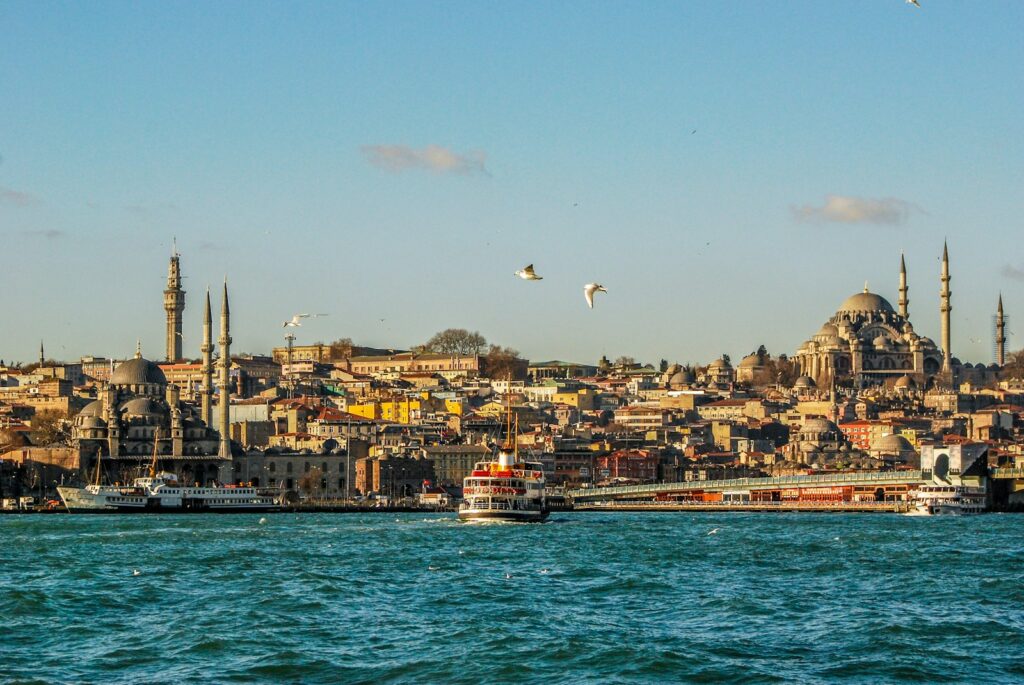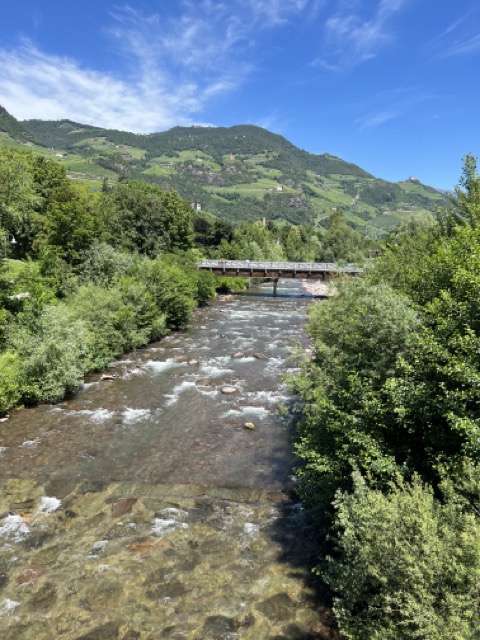Unraveling Malta’s Rich Historical Tapestry
Malta, with its strategic location in the heart of the Mediterranean, boasts a rich historical tapestry that dates back thousands of years. The island has been a crossroads of civilizations, witnessing the rise and fall of empires, each leaving its mark on the land and its people.
Exploring Malta’s historical sites is like peeling back the layers of time, revealing a mosaic of cultures and influences that have shaped the island’s identity. From ancient temples to medieval fortifications, every stone whispers stories of the past waiting to be discovered.
As you traverse the cobblestone streets and narrow alleyways of Malta’s cities, you can’t help but feel the weight of history pressing down on you. The architecture, the art, and the very essence of the island seem to resonate with echoes of bygone eras, inviting you to delve deeper into its enigmatic past.
The allure of Malta’s historical tapestry lies not only in its ancient ruins and monuments but also in the resilience and spirit of its people, who have weathered countless invasions and occupations to emerge as a proud nation with a distinct cultural identity.
Exploring the Ancient Megalithic Temples of Malta
Among the most fascinating treasures of Malta are its megalithic temples, some of the oldest free-standing structures in the world. These marvels of ancient engineering stand as testaments to the ingenuity and skill of Malta’s prehistoric inhabitants.
Walking among the stone giants of Ġgantija or Hagar Qim, you can’t help but marvel at the precision with which these temples were constructed, aligning with the movements of the sun and stars with astonishing accuracy. The air is thick with the aura of mystery and wonder that surrounds these enigmatic sites.
Each visit to a megalithic temple is a journey back in time, a chance to connect with the ancients who once worshipped within these sacred walls. The sense of awe and reverence that washes over you in these hallowed grounds is a testament to the enduring power of these ancient monuments.
The megalithic temples of Malta are not just archaeological sites; they are portals to the past, gateways to a world long vanished yet still pulsating with the echoes of ancient rituals and beliefs. To explore these temples is to touch the very soul of Malta’s ancient heritage.
Encountering the Legacy of the Knights of St. John
The legacy of the Knights of St. John looms large over Malta, their presence etched into the very fabric of the island’s history. These warrior monks, known for their valor and chivalry, made Malta their home in the 16th century, leaving behind a legacy that still shapes the island to this day.
Visiting the medieval fortress of Valletta, a UNESCO World Heritage Site built by the Knights, you can feel the echoes of battles long fought and victories hard-won reverberating through its ancient walls. The intricate carvings, the imposing watchtowers, all bear witness to the Knights’ indomitable spirit.
The legacy of the Knights of St. John is a testament to Malta’s resilience in the face of adversity, a reminder that even in the darkest of times, the light of hope and courage can shine through. Their story is woven into the very fabric of Maltese identity, inspiring generations to uphold the values of honor and duty.
Immersing in the Colorful Traditions of Maltese Festivals
Malta’s vibrant culture comes alive during its numerous festivals and celebrations, where the streets pulse with music, dance, and fervor. From the colorful processions of Carnival to the solemn rituals of Holy Week, each festival offers a unique glimpse into Malta’s rich tapestry of traditions.
Participating in a Maltese festival is like stepping into a living painting, where every color, sound, and scent tells a story of devotion, joy, and community spirit. The passion and energy of the Maltese people during these celebrations are infectious, drawing you into a whirlwind of revelry and merriment.
Whether you’re dancing through the streets during the feast of St. Paul’s Shipwreck or witnessing the awe-inspiring fireworks of the feast of Our Lady of Victories, each festival leaves an indelible mark on your soul, forging memories that will linger long after the final procession has passed.
Culinary Delights: A Taste of Malta’s Unique Flavors
Maltese cuisine is a reflection of the island’s diverse history, blending Mediterranean flavors with Arabic, Sicilian, and British influences to create a culinary tapestry that is as rich and varied as Malta’s cultural heritage. From the hearty stews of Rabbit Marġa to the sweet delights of Ġbejniet, every dish tells a story of tradition and innovation.
Sampling Maltese cuisine is a journey through the centuries, a gastronomic exploration of flavors that have evolved over millennia. The fusion of fresh seafood, fragrant spices, and robust olive oil creates a symphony of tastes that dance on your palate, tantalizing your senses with each bite.
Every meal in Malta is a celebration of life, a communion of flavors that brings people together around the table to share not just food but stories, laughter, and love. To savor a Maltese dish is to taste the essence of the island itself, a harmonious blend of past and present, tradition and modernity.
Malta’s Azure Window: A Natural Wonder Lost in Time
The Azure Window, a natural limestone arch that once graced the island of Gozo, was a shimmering jewel in Malta’s crown, drawing visitors from around the world to marvel at its beauty. Standing against the backdrop of the deep blue sea, the Window was a symbol of Malta’s natural wonders.
Tragically, in 2017, the Azure Window collapsed during a heavy storm, leaving behind only memories and photographs as testimony to its former glory. The loss of this iconic landmark was a blow to Malta’s heritage, a stark reminder of the fragility of nature’s wonders in the face of time and the elements.
Though the Azure Window may be gone, its spirit lives on in the hearts of those who beheld its splendor, a reminder of the fleeting beauty of our world and the need to cherish and protect the wonders that nature has bestowed upon us. The memory of the Azure Window stands as a testament to Malta’s enduring connection with the land and sea.
FAQ
What is the climate like in Malta?
Malta enjoys a classic Mediterranean climate. Summers are hot and dry, while winters are mild and wet. In the summer, temperatures can soar up to 35°C, whereas in the winter, they seldom drop below 10°C.
When is the best time to visit Malta?
The best time to visit Malta is from April to June and from September to October. During these months, the weather is pleasantly warm, perfect for sightseeing and beach outings, and the visitor crowds are thinner compared to the peak summer months.
What are the main attractions in Malta?
Malta’s main attractions include the ancient Megalithic Temples, the historic old city of Valletta, the fortress city of Mdina, and the Blue Grotto. Each of these sites offers a unique glimpse into the island’s rich history and culture.
Do I need a car to explore Malta?
Malta has a well-developed public transport network that covers most key tourist spots. However, renting a car can be beneficial if you want to explore the island at your own pace and venture off the beaten path.
What local dishes should I try in Malta?
While in Malta, be sure to try Pastizzi (flaky pastry filled with ricotta or peas), Ftira (a Maltese bread), and Fenek (rabbit). These dishes are a true reflection of Malta’s unique flavors and culinary variety.
What languages are spoken in Malta?
Malta has two official languages: Maltese and English. Maltese is a Semitic language heavily influenced by Italian and English. English is widely spoken, making communication easy for travelers.




